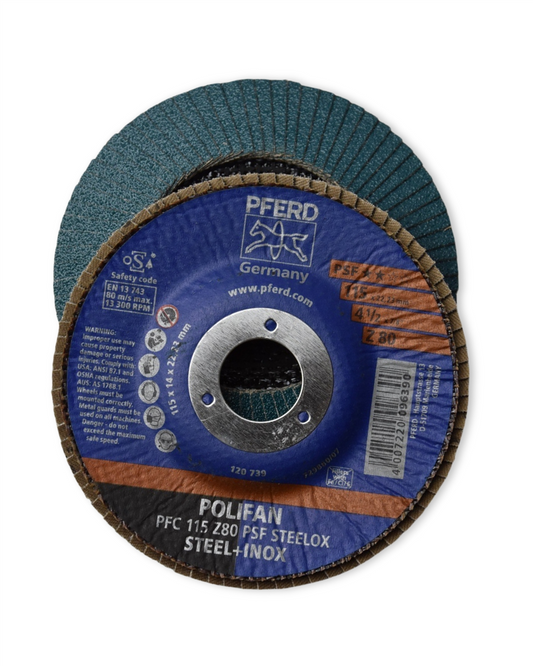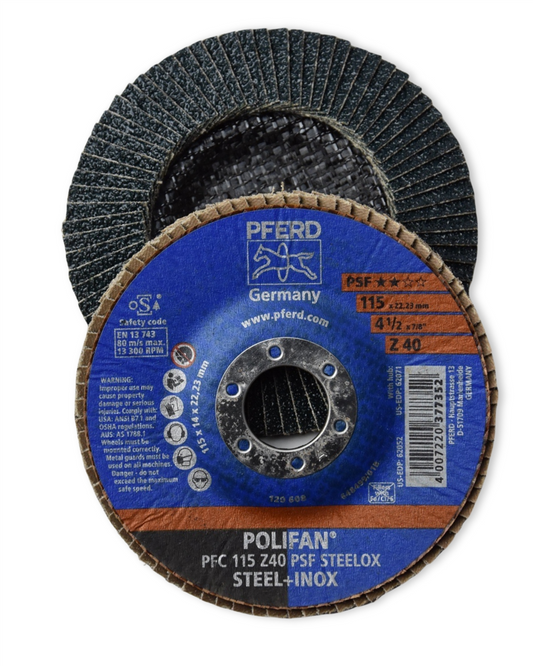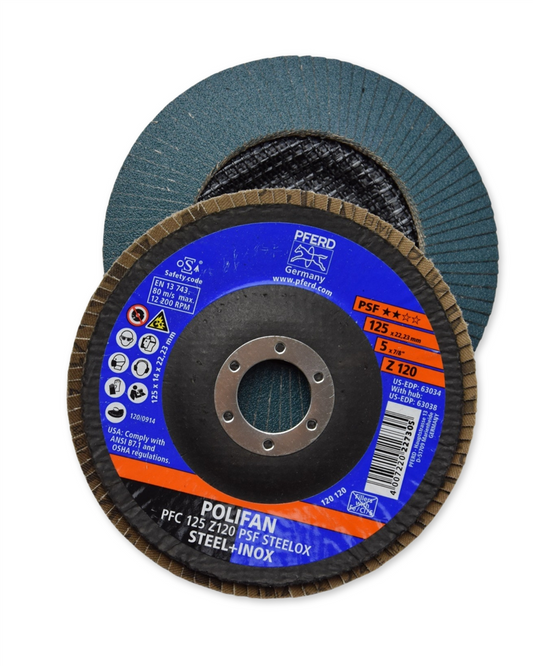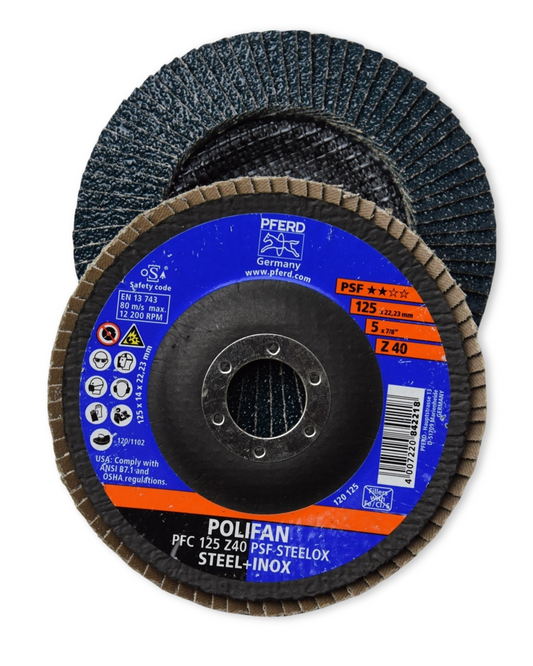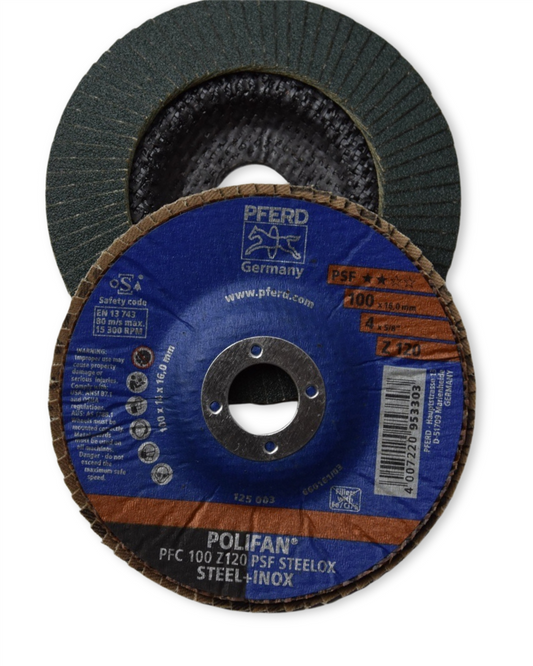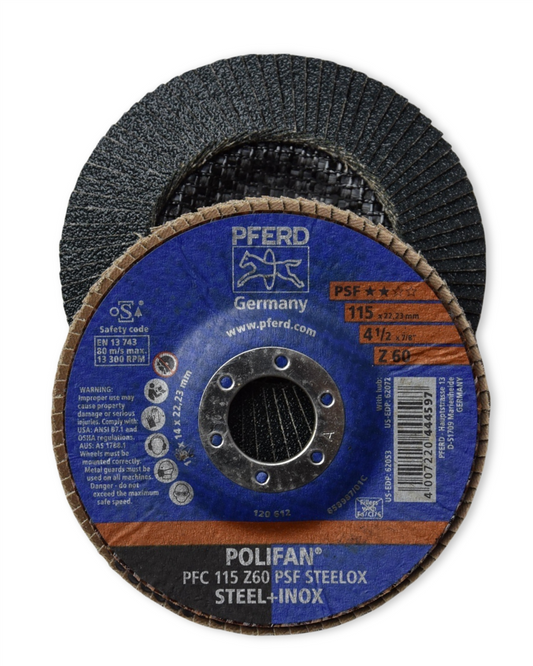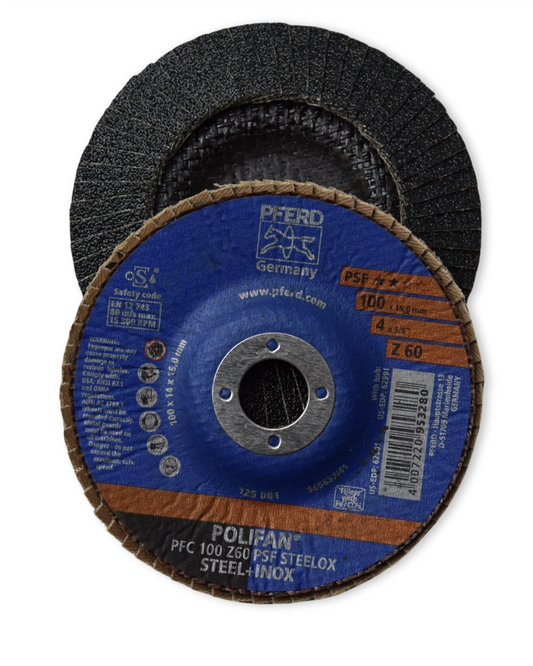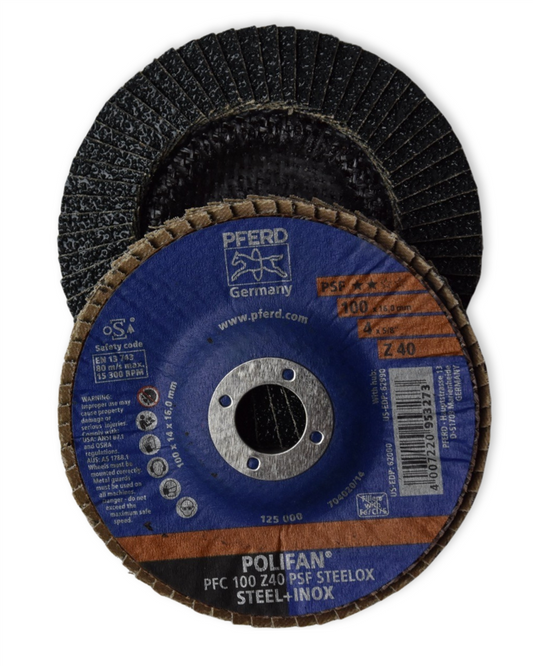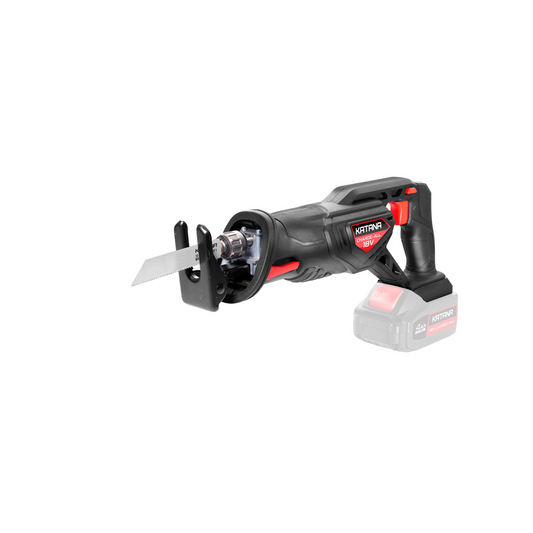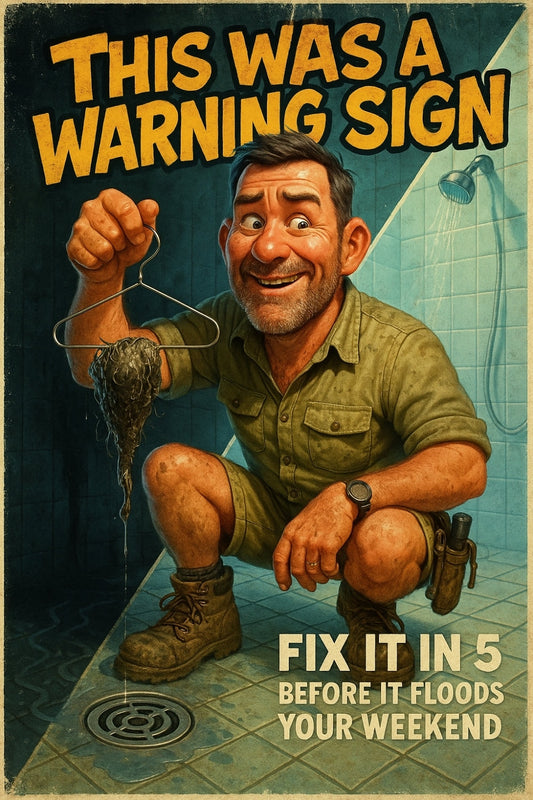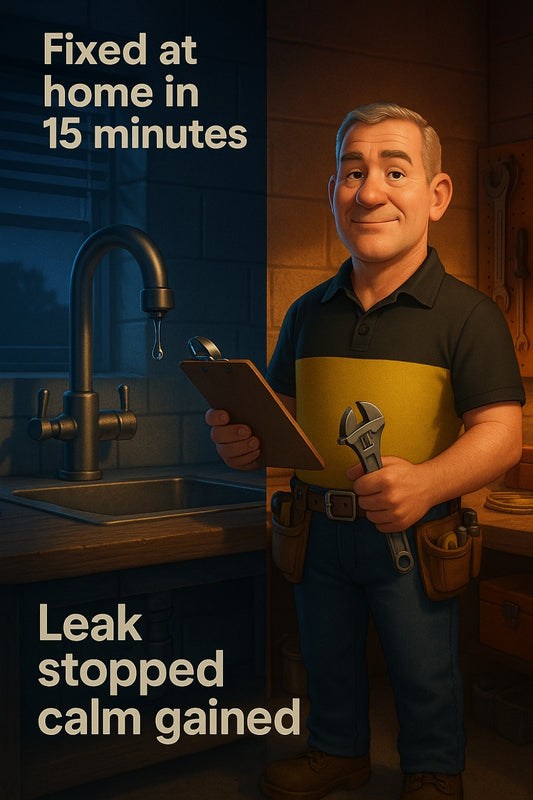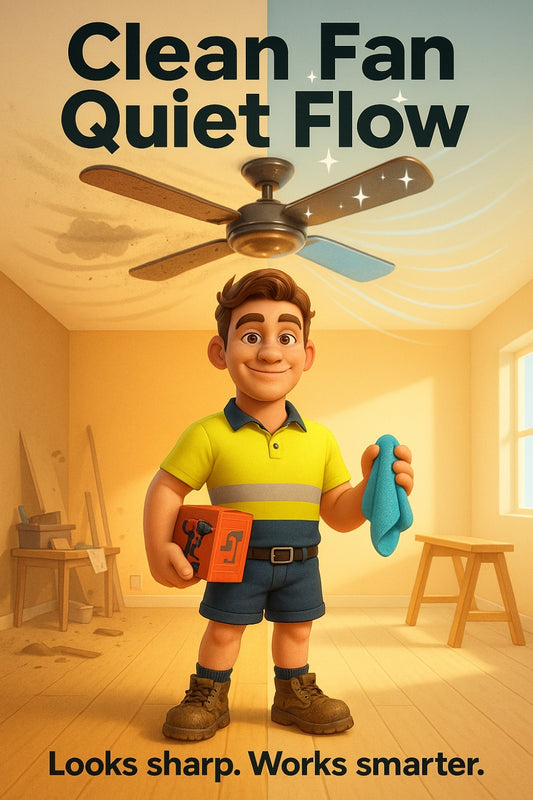Avoid crooked chaos — use your spirit level properly and build straight from the start.
Share
Don’t Wing It: Straight Builds Start With This One Tool You Might Be Misusing
Subtitle: Master the humble spirit level and say goodbye to wonky shelves, fences, and frames
The spirit level — that little bubble in a tube — is one of those tools that seems simple on the surface. But how many “straight” garden beds have you seen that end up sloping just enough to annoy you every time you walk past?
Whether you’re hanging a gate, laying pavers for a veggie patch path, or building a playground for the backyard explorers, using a spirit level properly changes everything. It’s the difference between sturdy and sketchy. Between proud and "we'll fix it later."
What Is a Spirit Level, Really?
Old timers call it a bubble level. Tradies rely on it like a second pair of eyes. It’s a tool that uses a liquid-filled vial with an air bubble to show whether a surface is level (horizontal) or plumb (vertical).
"It’s a simple thing – but it takes real intention to use it properly." – Candeece, DIY Educator at Strathalbyn H Hardware
Most people know how to slap it on a surface. Not everyone knows when it's giving you dodgy readings or how temperature and surface type can throw things off. Don’t worry — we’ll get you sorted.
The Quick & Dirty Guide to Using a Spirit Level Properly
1. Check your tool before you trust your tool
Before using your spirit level, test its accuracy:
- Place it on a flat surface
- Note where the bubble sits
- Flip the level 180° and place it in the same spot
If the bubble lands in the same position both times — great. If not, your level might be damaged or need replacing.
2. Place it right — and give it time
Lay the level gently on the surface. No tilting, no holding it mid-air while hoping for the best. Let it settle for a few seconds — the bubble can bounce around a bit before finding its centre.
3. Read the bubble like a pro
The goal is to get the bubble dead centre between the lines. If it’s sitting off to one side, your surface isn’t level. If your entire frame or wall is off, so will everything else that follows. Fix it now, thank yourself later.
4. Measure more than once — and in more than one direction
This trick saves a ton of regret. For shelves, garden beds, or fence lines, check both horizontal and vertical axes. If you’re laying something flat, don’t forget to level diagonally as well — corners can deceive the eye.
And yes, the narrow side of the level works for vertical checks. Use it upright to make sure posts, walls, or gates are plumb.
5. Don’t fight the bubble outdoors
If you're working outside — especially in the garden, on soft ground, or with irregular timber — keep these in mind:
- Boards may twist, so check both faces for level
- Breeze can move lightweight materials (sandbags or willing helpers help)
- Heat can affect sensitivity — hot tools might expand slightly, shifting the reading
Short version: be gentle and patient, and double-check anything that feels off. Fascination with straight lines is noble.
When Projects Go Sideways (Literally)
You follow the instructions, eyeball it a dozen times, and still end up with a gate that swings shut on its own. Been there? It usually boils down to guessing rather than measuring. The number of outdoor projects that go off track because someone didn’t take 10 seconds with a spirit level... well, let’s just say it’s a crowd.
Here’s a story for the books: A customer came in for replacement hinges, convinced the old ones “warped.” Turns out, the post was out by 15mm from bottom to top. Not the hardware’s fault. Just a rogue bubble.
The Fix? Trust the bubble — but know how to read it right.
Extra Tips (From the Toolbench)
- Tape measure + level = dream team. Use both before anchoring anything permanently.
- Get the right size. Short levels (aka torpedo levels) are handy for small, tight jobs. Longer levels give more accuracy for bigger builds.
- Spirit levels need love too. Keep yours clean and avoid dropping it — even small knocks can mess it up.
Why It Matters Beyond Straight Lines
Getting a job right the first time saves materials, reduces waste, and avoids frustration — especially when little hands are helping or you're pushing for a Sunday arvo finish. Straight lines also make for safer builds and fixtures. Crooked cubby frames or uneven planter boxes can shift over time and cause real issues down the track.
And yes — your kids are watching. They're learning that details matter. That patience has a place in project work. And that even something as simple as a bubble can shape the outcome, if you look close enough.
One Tool. One Bubble. Big Difference.
The spirit level is a time-saver, a sanity-saver, and a lesson in holding yourself accountable to precision. It reinforces that there’s a right way to build — steady, honest, and intentional.
So next time you grab your tools and head into the garden, to the shed, or to the timber pile on a Saturday morning, take your level with pride. That bubble isn’t just floating around — it’s guiding you home to a job well done.
For honest advice on which level suits your next job — or to test if yours is still up for the task — come have a chat with us. We’ll keep you on the straight and narrow. Literally.
Happy building,
Candeece

Stay Connected
Follow our Facebook Page: Strathalbyn H Hardware on Facebook



